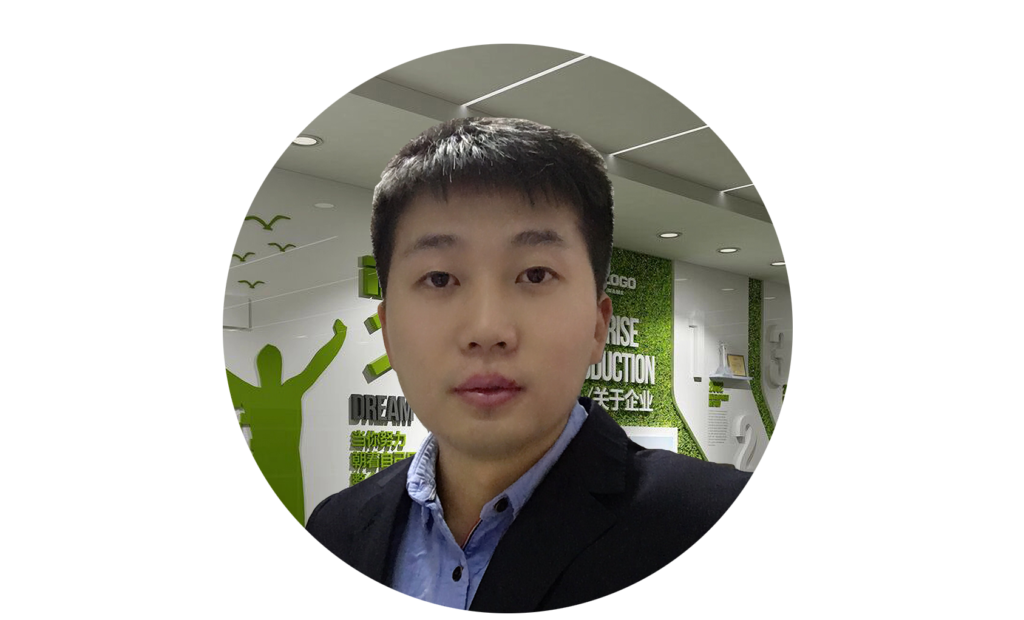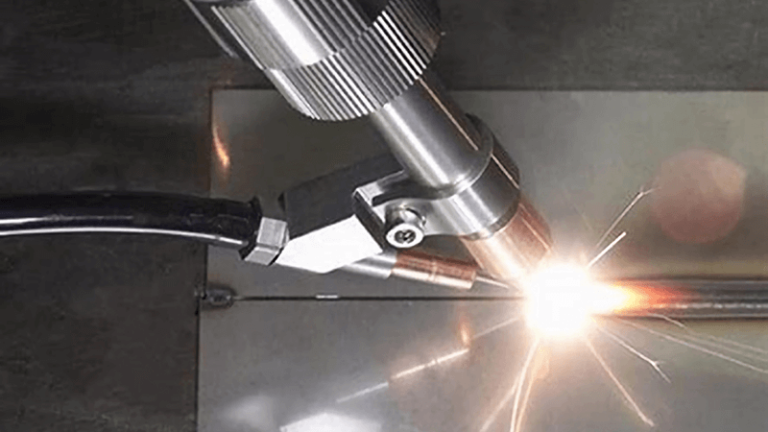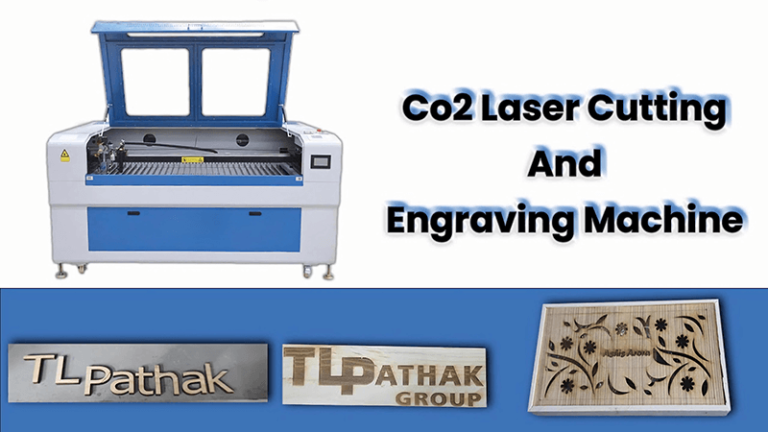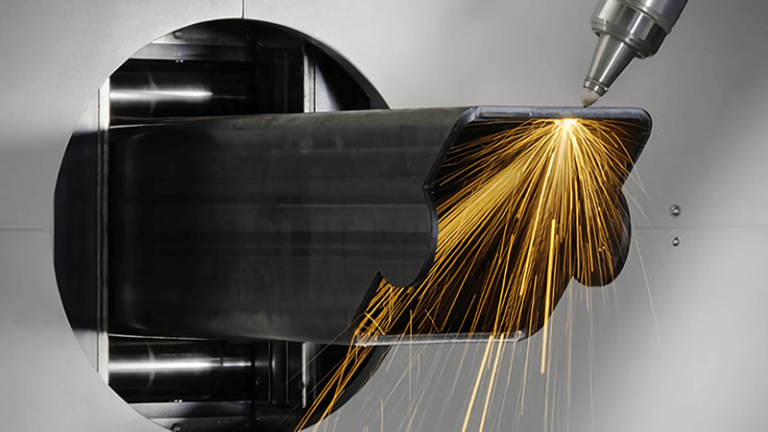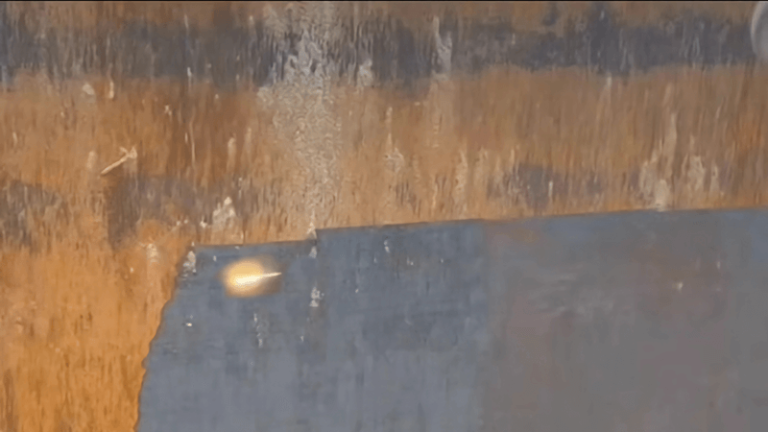Choosing the right laser marking machine can be a daunting task. With so many options available, it’s easy to get overwhelmed. You might be asking yourself, “Which one is the best for my needs?” That’s where I come in. As a Sales Engineer at Kirin Laser, I’ve helped countless clients navigate these waters, and I’m here to do the same for you.
Choosing the right laser marking machine is not just about picking a model that fits your budget. The best laser marking machine for you will depend on several factors, including the materials you’re working with, your budget, and the specific requirements of your projects.
In this post, I’ll walk you through everything you need to consider to make an informed decision. So, let’s dive in and take a closer look at how to choose the best laser marking machine.
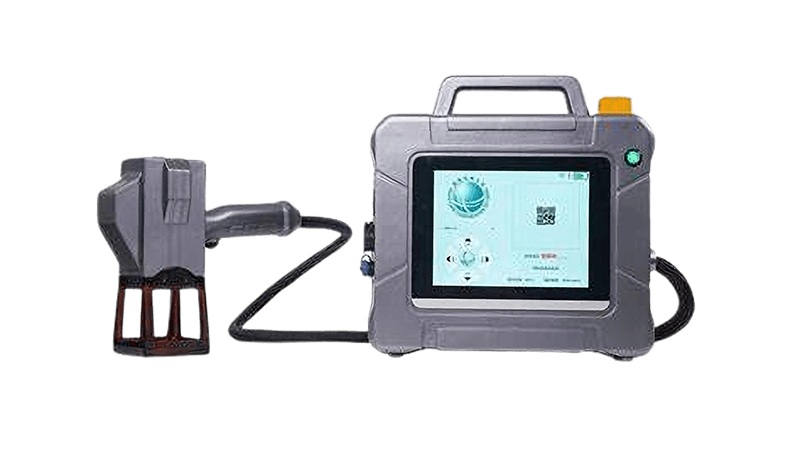
What are Laser Marking Machines?
Laser marking machines use focused light beams to create permanent markings on various materials. These machines are versatile and can be used for engraving, etching, and even cutting. The applications are vast, ranging from industrial manufacturing to personalized gifts.
There are several types of laser marking machines, each suited for different applications. Understanding the differences can help you choose the right one for your needs.
Factors to Consider When Choosing a Laser Marking Machine
When selecting a laser marking machine, there are several key factors to consider:
Material Compatibility
Different laser marking machines excel with specific materials. Fiber lasers are ideal for metals such as stainless steel, aluminum, brass, and copper, making them suitable for industries like automotive and aerospace. CO2 lasers, on the other hand, are better suited for non-metallic materials like wood, leather, plastics, glass, and textiles. This versatility makes CO2 lasers a great choice for applications in the packaging, textile, and signage industries.
Power and Speed
Higher power machines can mark materials faster and more deeply. Fiber lasers tend to have higher power density and efficiency, allowing them to cut metals up to five times faster than CO2 lasers. However, for thicker materials, CO2 lasers may perform better, offering superior surface finishes and cost-efficiency for industrial applications.

Precision and Accuracy
Precision is crucial for intricate designs. Fiber lasers, with their smaller focal spot size and lower beam divergence, provide higher accuracy and are preferred for fine detail work on metals. CO2 lasers, while offering good precision, are more effective on softer materials and can achieve excellent results for detailed engravings on non-metals.
Ease of Use
User-friendly software and machine interfaces can significantly impact the usability of laser marking machines. Some machines are designed with intuitive controls, making them accessible even to operators with minimal technical expertise. Ensuring the machine matches the skill level of your operators is vital for efficient operation.
Maintenance Requirements
Maintenance needs vary between machine types. Fiber lasers are generally low-maintenance due to their solid-state design and lack of moving parts, often requiring less frequent servicing and having a longer operational lifespan. CO2 lasers, however, might need regular upkeep, including mirror cleaning and cooling system maintenance, which can increase operational costs.
Budget Considerations
Laser marking machines come with varying price tags. CO2 lasers generally have a lower initial cost but may incur higher operating and maintenance expenses over time. Fiber lasers, while more expensive upfront, offer lower long-term costs due to their efficiency and minimal maintenance needs. Balancing your initial budget with long-term operational costs is essential to find the best value for your investment.
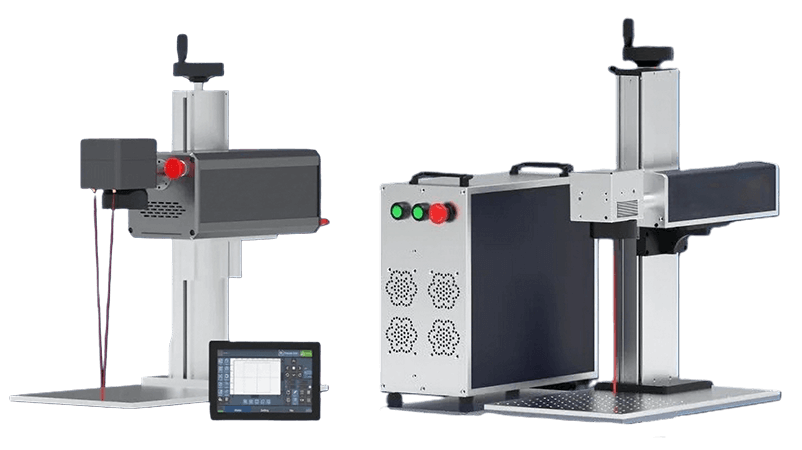
Types of Laser Marking Machines
- Fiber Laser Marking Machines: These are perfect for marking metals and hard plastics. They offer high precision and are relatively low maintenance. Explore fiber lasers.
- CO2 Laser Marking Machines: Ideal for non-metal materials like wood, glass, and acrylic. They are versatile and widely used in various industries. More on CO2 lasers.
- UV Laser Marking Machines: These are used for marking sensitive materials like glass and ceramics. They provide high contrast and precision. Understanding UV lasers.
Laser Marking Machine Features
Modern laser marking machines come with a range of features:
JCZ Software and Control Systems:
The JCZ control boards, particularly those in the LMC and DLC series, are highly popular in the laser marking industry due to their versatility and robust performance. Here are the key features and capabilities of these control boards:
(1)LMC Series with EZCAD2 Software
1>. Material Compatibility: Supports various laser types including fiber, CO2, YAG, and SPI lasers. It is versatile enough to handle metals, plastics, ceramics, and more.
2>. Software Integration: EZCAD2 is renowned for its user-friendly interface and powerful capabilities. It supports various file formats such as PLT, DXF, AI, BMP, JPG, and more, making it highly adaptable for different marking needs.
3>. Advanced Marking Functions: The LMC series supports dual-axis marking, fly marking, and multi-galvo operations. It includes features for precision calibration, variable text marking, barcodes, 2D codes, and more.
4>. Ease of Use: The software is equipped with numerous editing functions like random curve text, drawing/editing, group/ungroup, welding, trimming, and more, which simplifies complex marking tasks.
5>. Maintenance and Support: JCZ offers strong support for their products, ensuring easy maintenance and long-term reliability.
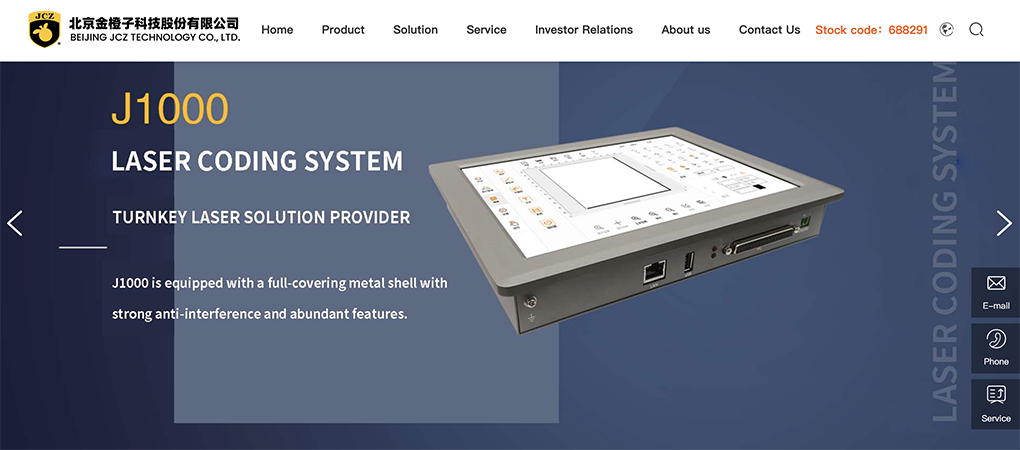
(2)DLC Series with EZCAD3 Software
1>. 3D Marking Capabilities: The DLC series is designed for more advanced applications, including 2D and 3D laser marking and galvo control. It supports dynamic focusing for 3D applications, which is ideal for industries requiring intricate and multi-layered engravings.
2>. Enhanced Performance: EZCAD3 software enhances data processing speeds and supports large-format processing. This makes it suitable for high-performance motion control and complex marking tasks.
3>. Broad Application Range: The DLC series can control various laser sources including fiber, CO2, UV, green, and picosecond lasers, making it highly versatile for different industrial applications.
These control boards are essential for ensuring precise and efficient laser marking, engraving, and cutting operations. Their robust design and comprehensive software support make them a preferred choice for many industries globally.
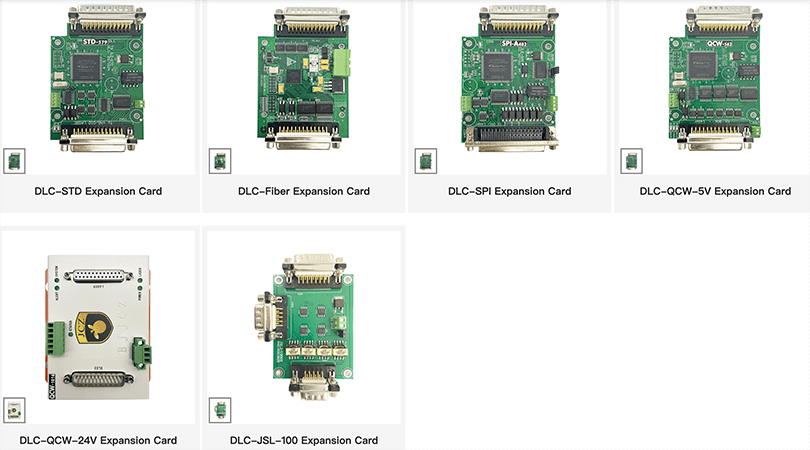
2. Customization Options of Laser Marking Machine
Some machines offer customization for different marking needs. Customization possibilities as below and Case Studies and Recommendations
1>. Automated Production and Additive Manufacturing
Case Study: DMG MORI
- Objective: Integrate laser marking into automated and digitalized additive manufacturing processes.
- Solution: Using the Kirin laser marking machine, DMG MORI incorporated laser marking into their production chain to ensure precise and reliable traceability of additively manufactured parts.
- Outcome: Enhanced the efficiency and reliability of the marking process, crucial for automated production environments .
Recommended Product: Kirin Laser
- Model: Kirin Laser F30
- Power: 30W
- Features: Suitable for fine processing and high-precision marking, providing clear and durable markings, ideal for automated production lines.
2>. Medical Device Marking
Case Study: Marking Medical Instruments
- Objective: Achieve durable and precise markings on medical devices to comply with UDI (Unique Device Identification) requirements.
- Solution: Implementing ultrashort pulse laser technology to mark reprocessed surgical instruments, ensuring high precision and readability without damaging the instruments.
- Outcome: Improved traceability and compliance with regulatory standards for medical devices, enhancing patient safety and product reliability.
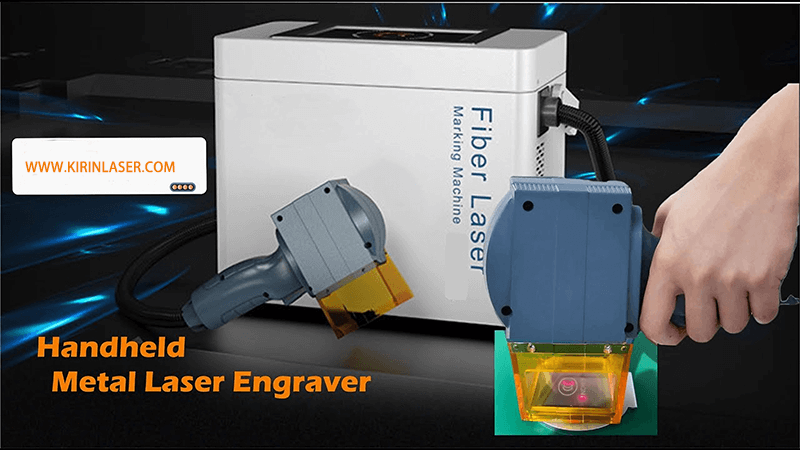
Recommended Product: Kirin Laser
- Model: Kirin Laser UV10
- Power: 10W
- Features: UV laser is ideal for high-precision marking on sensitive materials, especially suitable for medical device marking.
3>. Automotive Industry Applications
Case Study: Laser Marking of Barcodes on Anodised Aluminium
- Objective: Enhance traceability of automotive parts using durable and readable barcodes.
- Solution: Laser marking barcodes on anodized aluminum vehicle information plates, ensuring high contrast and durability.
- Outcome: Efficient traceability system that withstands harsh automotive environments, leading to better inventory management and product tracking .
Recommended Product: Kirin Laser
- Model: Kirin Laser M60
- Power: 60W Mopa Laser
- Features: High-power fiber laser suitable for high-speed marking, providing excellent contrast and durability, ideal for barcode marking on automotive parts.
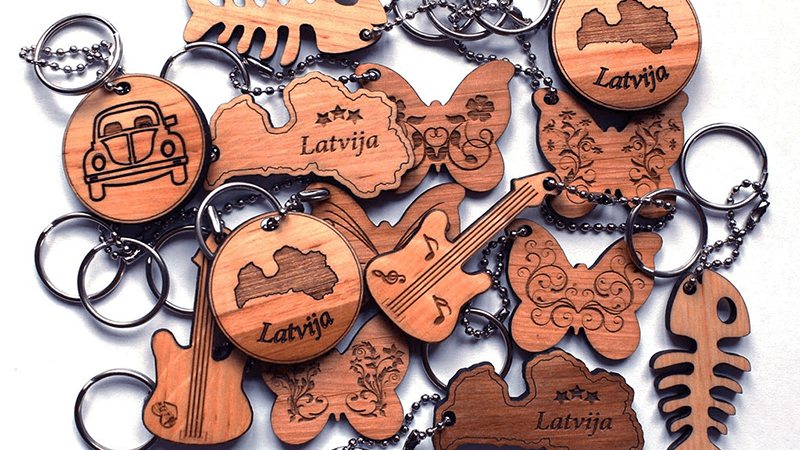
4>. Product Branding and Industrial Applications
Case Study: Product Branding by Laser Marking Anodised Aluminium
- Objective: Create high-quality, branded markings on anodized aluminum products used in high-end audio accessories.
- Solution: Laser marking polished anodized aluminum to achieve high-gloss finishes and intricate designs.
- Outcome: Enhanced product aesthetics and brand recognition, with durable markings that withstand daily use and handling .
Recommended Product: Kirin Laser
- Model: Kirin Laser M30
- Power: 30W Mopa Laser
- Features: Suitable for high-precision branding, providing clear and delicate marking effects, enhancing product appearance and brand value.
5>. Engineering and Electronics
Case Study: Laser Marking Curved Surfaces
- Objective: Mark curved aluminum surfaces used in engineering applications.
- Solution: Custom laser marking processes that ensure precise and durable markings on curved surfaces, utilizing the material's excellent absorption of laser energy.
- Outcome: Reliable and high-quality markings that maintain readability and durability, crucial for engineering components .
Recommended Product: Kirin Laser
- Model: Kirin Laser F50
- Power: 50W
- Features: Fiber laser suitable for marking various materials, including curved surfaces, providing stable and precise marking effects.
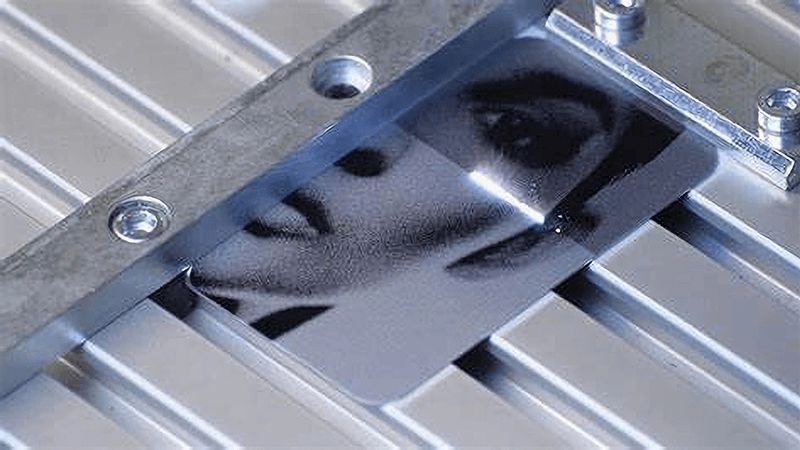
Safety Features
Ensure the machine has adequate safety measures to protect operators. Safety tips.
Case Studies and Success Stories
Here are some real-world examples of how different industries have benefited from using laser marking machines:
- Automotive Industry: Improved traceability and quality control.
- Medical Devices: Enhanced precision for delicate instruments.
- Jewelry: Intricate designs and personalization options.
- Electronics: Durable markings for component identification.
These success stories highlight the versatility and effectiveness of laser marking machines across various sectors. Read more success stories.
If you are interested, please chick here to read my another article: Top 5 Applications of Laser Machine Engraving in Industry.
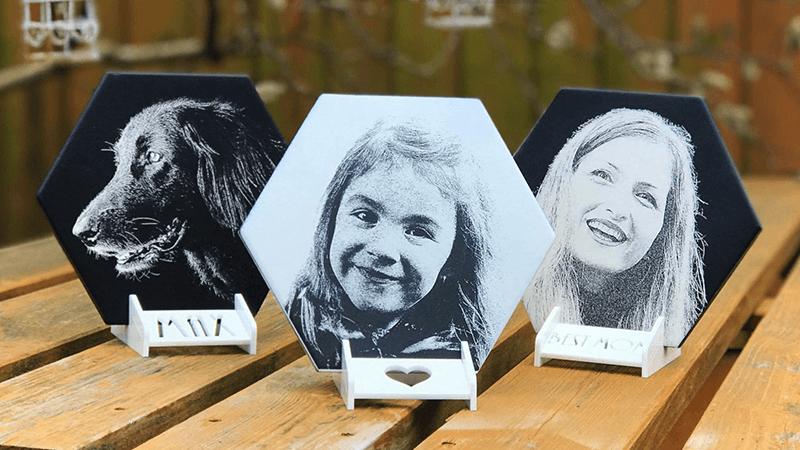
Conclusion
Choosing the best laser marking machine involves careful consideration of your specific needs and requirements. By understanding the different types of machines and their features, you can make an informed decision that will benefit your business in the long run.
In summary, think about the materials you’ll be working with, the precision you need, and your budget. With the right machine, you’ll be well on your way to creating high-quality, durable markings.
For more information, feel free to reach out to us at Kirin Laser. We’re here to help you find the perfect laser marking solution for your business.

